Insects, Bugs, Critters and Crawlies
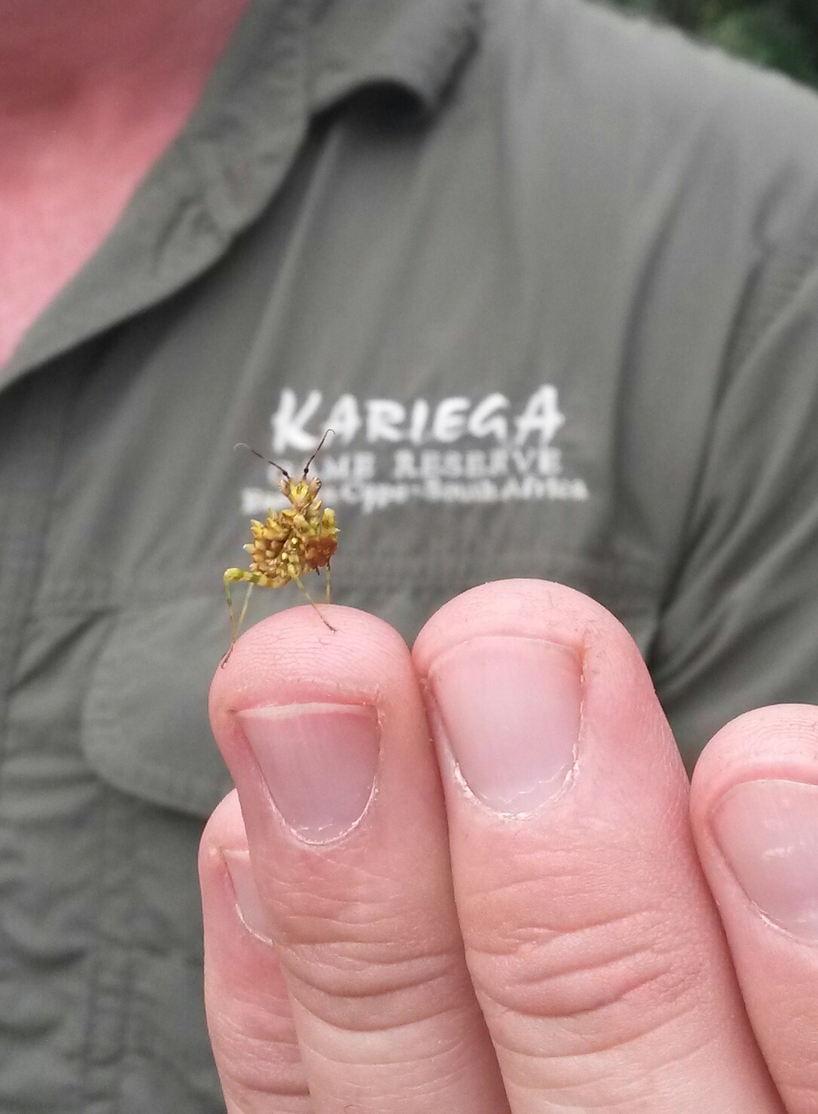
Insects, bugs, critters or crawlies. It doesn't matter what you call them, some people get the chills when they hear these words, let alone when they actually see any of the these little creatures! But why? Is it because of a bad experience with a creepy crawly in the past or just an irrational fear? Read on to find out some facts about the amazing insects, bugs, critters and crawlies that you may encounter at Kariega Game Reserve while on a guided safari tour. We hope that if you learn about these creatures that you won't fear them but be amazed at their adaptations and importance in our environment.
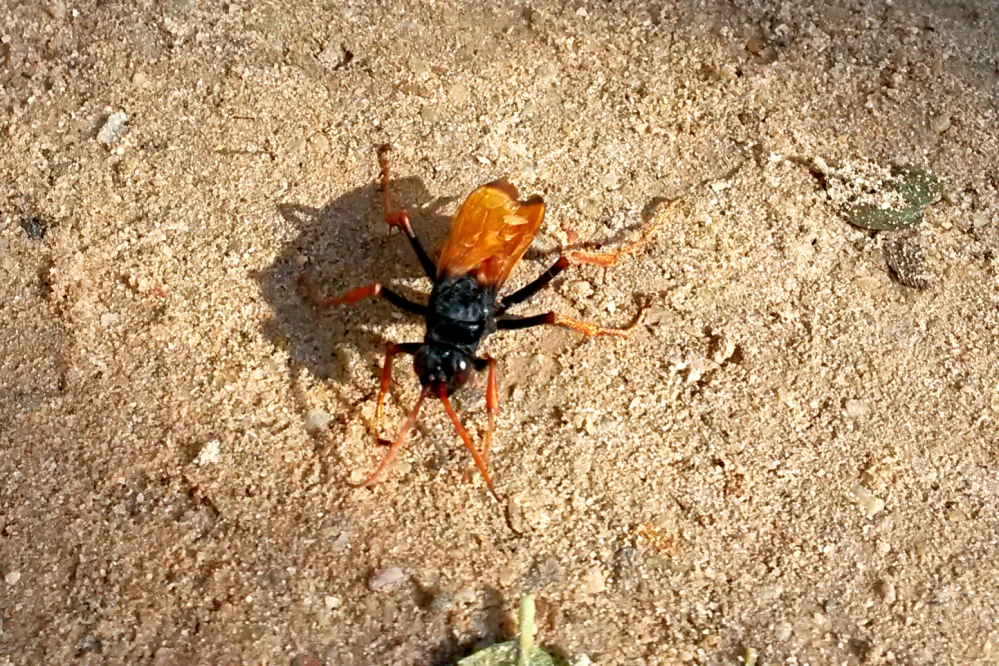
Insects, Bugs, Critters and Crawlies: All Shapes and Sizes
Insects come in all shapes and sizes - round, oval, thin, fat, a variety of colours and feeding preferences. In fact, insects are the most diverse group of animals on Earth and make up more than half of all known living organisms. There are more than a million insect species and the majority of these are small, usually less than 6 mm (0.2 inches) long.
Even though there are a huge variety of species, all insects are are invertebrates (without a backbone) and most insects have the following five characteristics:
- An exoskeleton – this is a hard protective outer layer of the insect made of chitin.
- Three main body parts – head, thorax and abdomen.
- A pair of antennae or feelers on top of their heads – used for locating food and moisture.
- Adult insect have six legs, two per body segment.
- One or two pairs of wings.
The greatest number of insect species are from four groups: beetles, butterflies and moths, ants, bees and wasps (pictured above) and flies. This means that crawlies and critters such as millipedes, spiders, scorpions and ticks are not insects because they don't have these characteristics.
Insects are Important to Humans
No matter what a bug looks like or how it behaves, each has a role to play in the world, also called a niche. We may not always know or understand what these are, but each insect is highly adapted for doing something in particular. Examples are a bee pollinating a flower, a dung beetle collecting dung and a grasshopper being eaten by a bird. There is so much we don't know about these critters and their behaviour.
One thing is for certain, without bugs the human species may well be extinct! They are fundamental to our survival as they help to maintain the balance in nature. Entomologists (people who study insects) have done a lot of research into the importance of insects and how they contribute to human survival.
Think about this. Imagine a world where there are no bugs around, no flies or mosquitoes buzzing around your head, no ants pestering you at a picnic. Sounds wonderful right? But now imagine that there are no insects to pollinate the plants that we rely on for fruit and vegetables, no critters to decompose the dead animals and plants, to help in the formation of soil and no food for the huge variety of animals and birds who depend on insects as their main food source. Insects also provide humans with food such as honey and many cultures eat specific bugs as they are an excellent source of protein. Insects are also used to create dyes, waxes, textiles and pigments.
Insects can also cause harm to humans. For example mosquitoes can carry microorganisms that cause malaria and can also spread viral diseases such as dengue and yellow fever. Insects also cause significant harm to crops, damage timber in buildings, wool and other clothing as well as cause bites and other skin irritations.
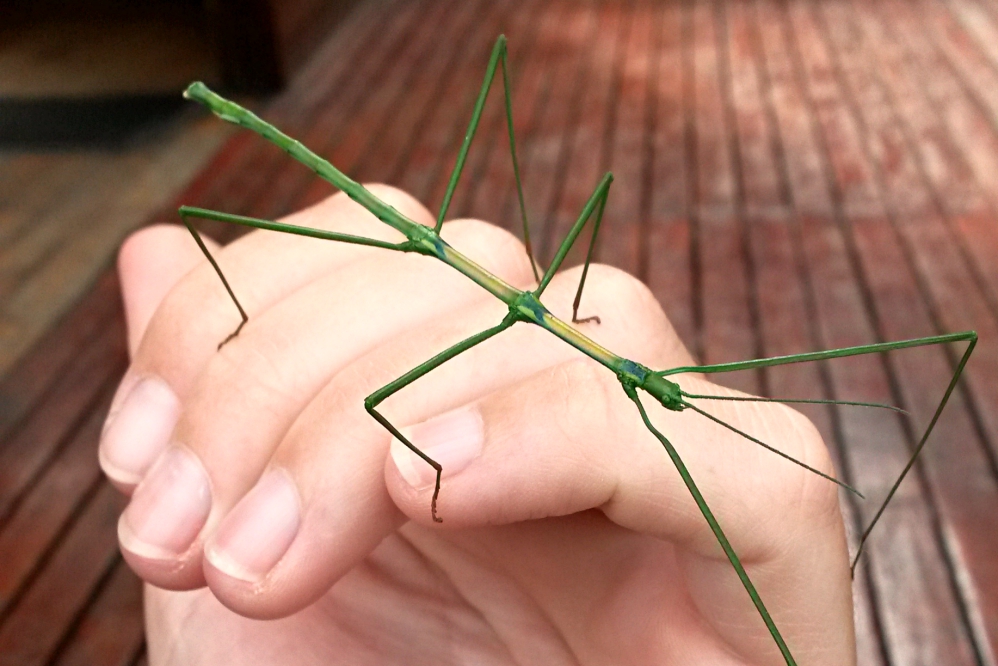
Interesting Insects Found at Kariega Game Reserve
While on safari at Kariega Game Reserve you may be fortunate to find some of these interesting insects and perhaps see some of their adaptations and interesting behaviour. You will also be able to discuss any insect with your safari guide. They will be able to identify so many species and tell you more about them.
- Stick Insect (pictured above) – When attacked by a hungry predator, like a bird, stick insects can produce a yucky smelling oozing liquid that looks like blood to scare off the danger.
- Spittle Bug – This insect is also called the rain tree bug, and for a good reason. The nymphs (or youngsters) of these bugs feed on plant sap but they need to consume so much that they actually produce a foam bubble around them which keeps them cool, moist and away from parasites. When the sun shines on these foamy patches, the moisture starts dripping and it seems like it is raining from that plant.
- Cicada – There are around 1,300 different species of cicadas in the world, 150 of these occur in South Africa. Depending on the species, they can take between two to 17 years between hatching as a nymph and reaching adulthood. Adults make a very high pitched sound in the summer when it is hot and this is how they communicate with other cicadas.
- Spider Hunting Wasp – Remember when I said you should respect insects? Well this one that you should respect from a distance! This wasp preys on spiders. The bigger the spider the better! Baboon spiders (a South African style tarantula) is their preferred prey. This wasp catches the spider and injects it with a venom that paralyses the spider. The sneaky wasp then lays eggs inside the spiders so that the larvae will have something to feed on when the hatch.
- African Monarch Butterfly (pictured below) – You may have heard about these butterflies or even seen them as they migrate in their thousands. The adult butterflies have beautiful orange, black and white wings and the caterpillars are yellow, black and white. The caterpillars feed on highly toxic plants, including the milkweed plant, which makes them poisonous to most predators. There are a few bird species, such as cuckoos, that eat these caterpillars and butterflies.
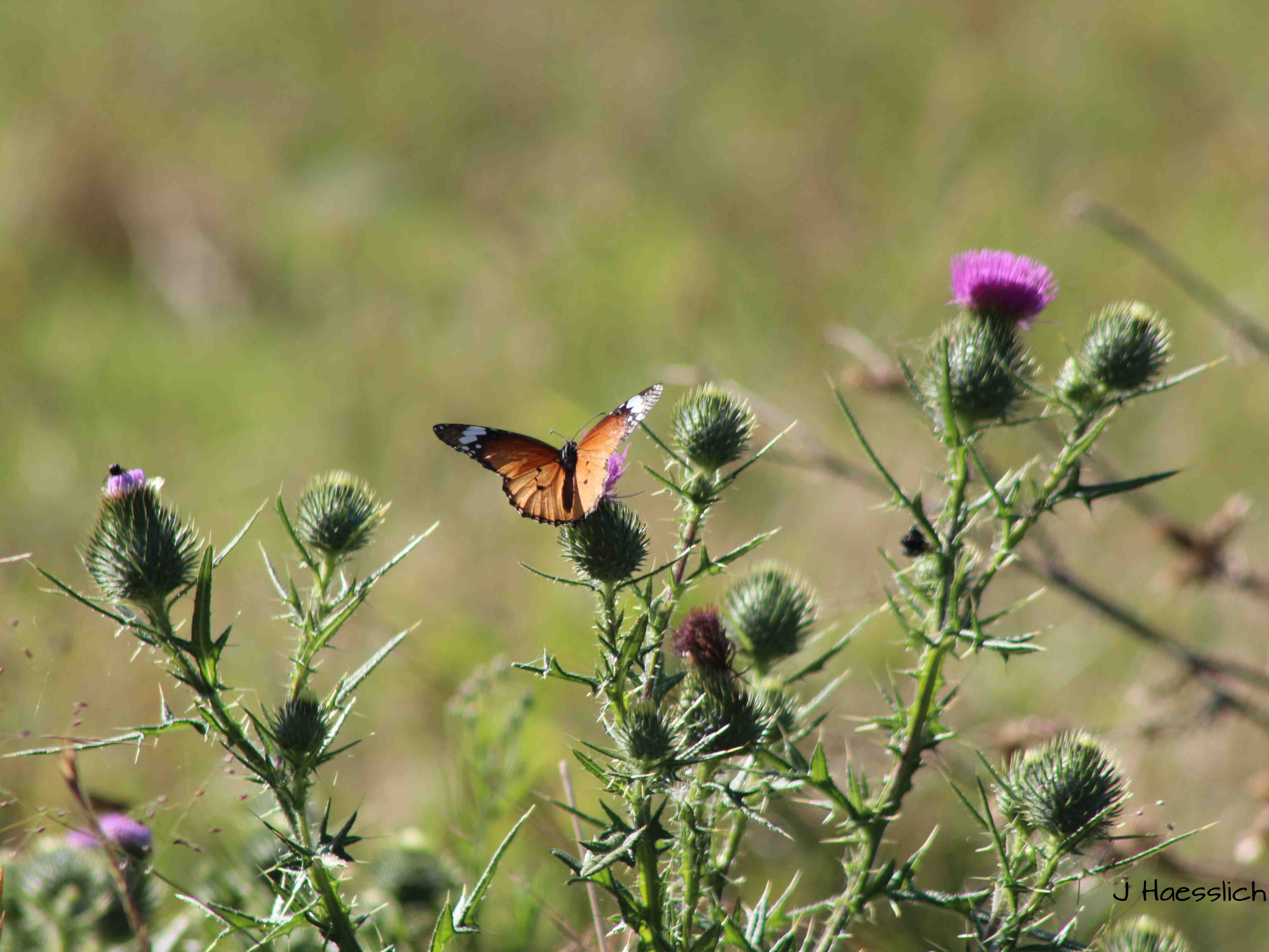
Share Your Insect Finds
If you have time, why not explore your backyard, local park or any other space in nature and see what insects you can find? You can use the internet to help you identify them and learn more about the millions of insect species that are living around you. If you have a magnifying glass, you can use this to look at the insect more closely and see what incredible features you can discover. You can also use binoculars by simply turning them around and looking from the "wrong side." Keep the usual viewing lens as close as possible to whatever you are looking at.
You may have also found an interesting bug while on safari and are not sure what it is called. This is what happened to guest Graham Harvey with the critter that he photographed below. Graham uploaded the image onto our Kariega Facebook page and we asked guide Wayne to identify it. He let us know this is a bladder grasshopper. These nocturnal herbivores are endemic to coastal regions of southern Africa, including the Eastern Cape where Kariega Game Reserve is located.
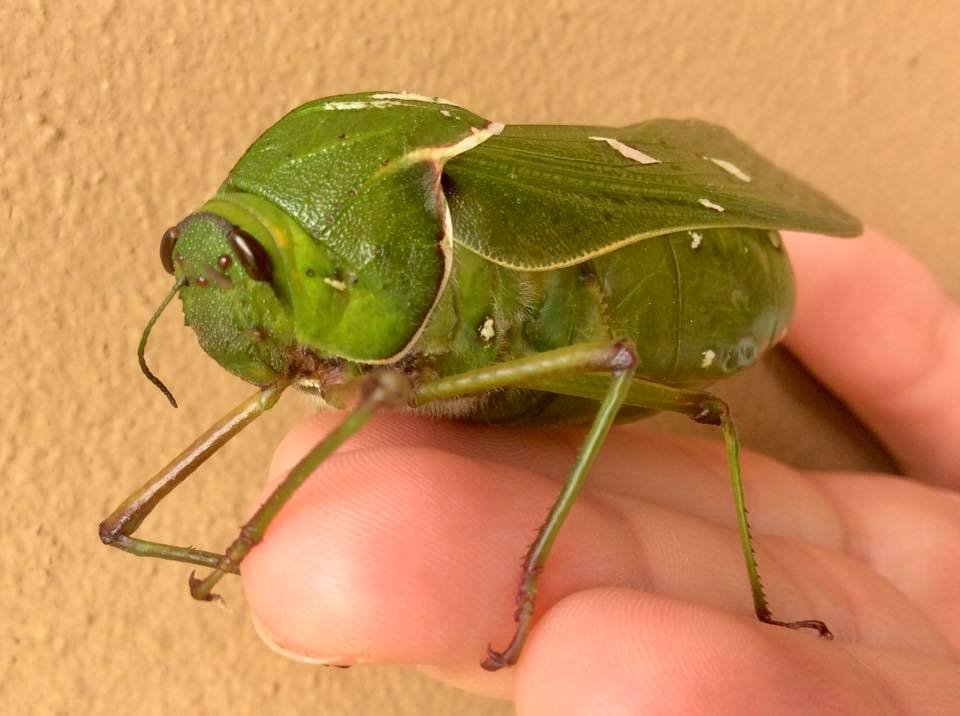
If you found a creepy crawly while on your Kariega safari please share it with us on Facebook, Instagram and Twitter. We will happily try to identify it for you. We also encourage you to subscribe to our blog so that you can receive updates via email.









